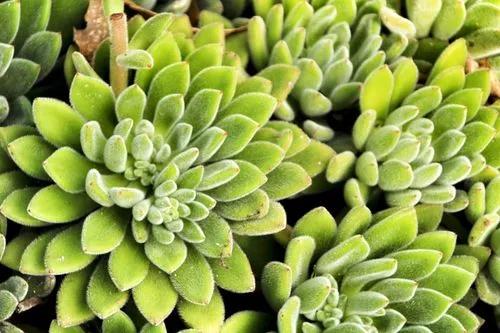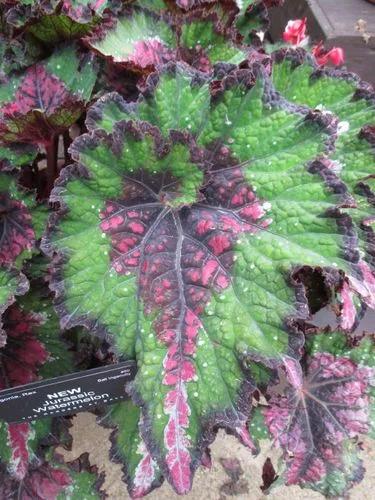Ficaria verna, commonly known as lesser celandine or pilewort, is a low-growing, hairless perennial flowering plant in the buttercup family Ranunculaceae native to Europe and west Asia. It has fleshy dark green, heart-shaped leaves and distinctive flowers with bright yellow, glossy petals.
It is now introduced in North America, where it is known by the common name fig buttercup and considered an invasive species.The plant is poisonous if ingested raw and potentially fatal to grazing animals and livestock such as horses, cattle, and sheep.
Lesser celandine is a hairless perennial, with spirally-arranged cordate dark-green leaves without stipules. It produces actinomorphic (radially symmetrical) flowers with 3 sepaloid tepals and 7 to 12 glossy yellow petaloid tepals. Double flowered varieties also occur. The stamens and carpels are numerous, and the fruit is a single-seeded achene with a very short style. In several subspecies, tubers are formed in the leaf axils after flowering. It blooms between March and May in the UK.
All plants of the buttercup family (Ranunculaceae) contain a compound known as protoanemonin. When the plant is wounded, the unstable glucoside ranunculin turns into the toxin protoanemonin. Invasive in forests throughout the East, Midwest and Pacific Northwest regions of the United States.
This plant is useful.
This plant might be poisonous
How to get rid of:
Hand pulling needs to be done carefully to ensure there is a minimum of soil disturbance. Many weeds flourish when soil is disturbed.
Removal of small weeds can be achieved by placing one hand flat on the ground with the weed between two fingers.










